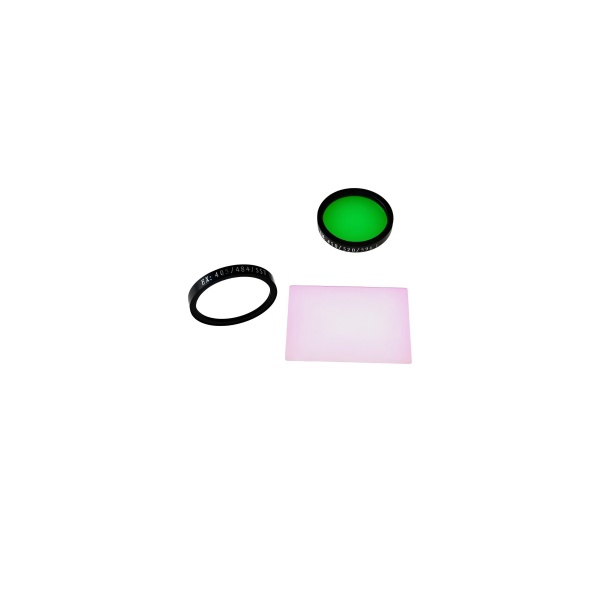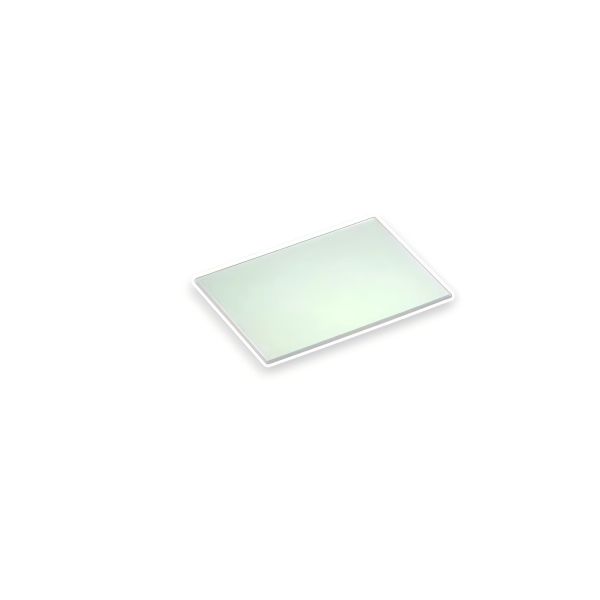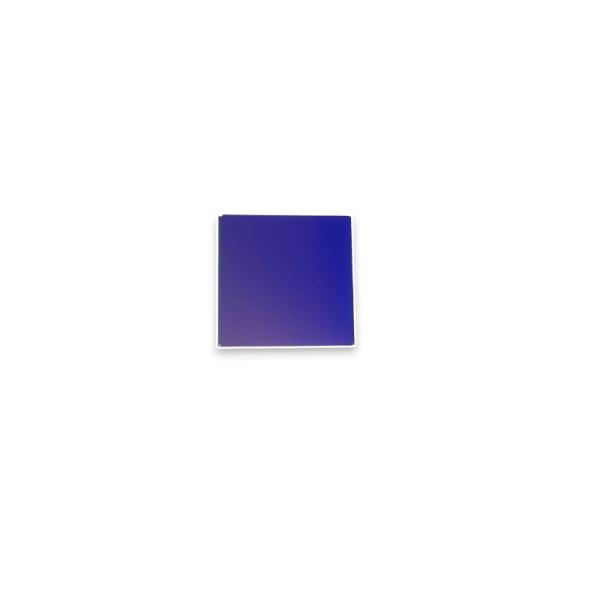

VIS Polarizing Dichroic Beam Splitter Cube
VIS Polarizing Dichroic Beam Splitter Cube Coligh manufactures is designed to seperate light based on polarization across 420-680nm.
It has key features below:
- Wavelength range: 420-680nm
- Reflects S-polarized and transmits P-polarized light
- High Extinction Ratio
- Dielectric Polarizing Coating
- Cube Format
Products Categories
Get A Free Quote
Dielectric-Coated Polarizing Beamsplitter Cube for P and S Separation Description
The VIS polarizing beamsplitter cube is specifically designed to efficiently separate S- and P-polarized components of an incident beam within the 420–680 nm visible wavelength range.
- It features a durable cube structure composed of two high-precision right-angle prisms cemented together, with a specially designed polarizing beamsplitter coating applied to the internal interface. All right-angle surfaces are coated with broadband anti-reflection coatings. The coating is precisely engineered and controlled to ensure high extinction ratios, high transmission/reflection performance, and broad spectral operation.
- In the 420–680 nm range, an extinction ratio of >1000:1 can be achieved at a single wavelength, and >100:1 or >1000:1 across the broadband, ensuring nearly complete separation of S- and P-polarized light.
- It offers very high transmission for P-polarized light (over 95% at a single wavelength, over 90% broadband), and extremely high reflection for S-polarized light (over 99% for both single wavelength and broadband), minimizing energy loss of the desired polarization component.
- The standard cube geometry provides high mechanical strength and alignment stability, making it easy to mount and adjust with standard optical holders. The two output beams are orthogonal and coplanar.
- In addition to polarization splitting in the 420–680 nm range, we also offer versions for NIR (620–1000 nm), SWIR (900–1300 nm), and extended SWIR (1200–1600 nm) spectral regions.
VIS Polarizing Dichroic Beam Splitter Cube Technical Datasheet
| Parameter | Specification |
| Wavelength Range | 420-680nm |
| Function | Reflects S-polarized light, transmits P-polarized light |
| Polarization Extinction Ratio | Single wavelength Tp > 95%, Ts > 1%, Single wavelength Rs > 99% Rp<5% Wide band Tp>90% Ts<1% Wide band Rs>99%, Rp<10% |
| Angle of Incidence (AOI) | 0° |
| Coating Type | Dielectric polarizing beamsplitter coating |
| Coating Detail | The cemented surface is coated with a PBS coating All right-angle surfaces are coated with anti-reflection coatings. |
| Substrate Material | K9 |
| Surface Quality | 60-40, 40-20 scratch-dig (per MIL-PRF-13830B) |
| Surface Flatness | < λ/4 @ 632.8 nm every 25mm |
| Beam Deviation | < 3 arcminutes |
| Clear Aperture | > 90% |
| Construction | Cemented right-angle prism pair |
| Laser Damage threshold | >500mj/cm², 20ns, 20Hz @1064nm |
| Available Sizes | From 5×5×5 mm to 50×50×50 mm |
VIS Polarizing Dichroic Beam Splitter Cube Applications
- Laser Beam Combining System
In laser processing and projection lighting, it is often necessary to combine multiple laser beams—either of different wavelengths or of the same wavelength but from independent sources—into a single beam to increase total power or achieve full-color output. The first laser beam is transmitted through the polarizing beamsplitter cube. The second beam is directed to enter the same cube perpendicularly onto the reflective surface. The beamsplitter reflects the second beam so that it becomes collinear with the first, merging both into a single output beam.
- Polarizing Microscopy
In biological tissue imaging and materials analysis, it is essential to separate orthogonal polarization components in the reflected or transmitted light from the sample in order to extract polarization-related information, enhance image contrast, and reveal structural details. A polarizing beamsplitter cube reflects the S-polarized light to one detector and transmits the P-polarized light to another, enabling simultaneous or sequential acquisition of S and P images for comparative analysis, revealing features not visible under traditional bright-field microscopy. - Ellipsometry
In thin-film thickness and optical constant measurements, extremely precise analysis of the amplitude ratio and phase difference between the S and P components of the reflected light is required. This is essential for calculating nanoscale film thickness and material optical constants. The polarizing beamsplitter cube separates the reflected beam into pure S and P components. The system measures and compares their intensities and relative phase delays to achieve sub-nanometer thickness resolution and detect small changes in optical properties. - Projection Display Light Engines
In 3LCD projectors, white light must be efficiently separated into red, green, and blue primary colors, each of which is directed to a dedicated liquid crystal panel for modulation. Polarizing beamsplitter cubes are commonly placed before or after each panel. The modulated RGB beams are then recombined by a color-combining prism to produce the final full-color projected image.




